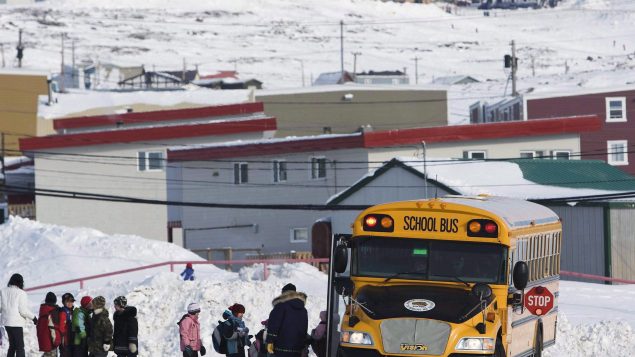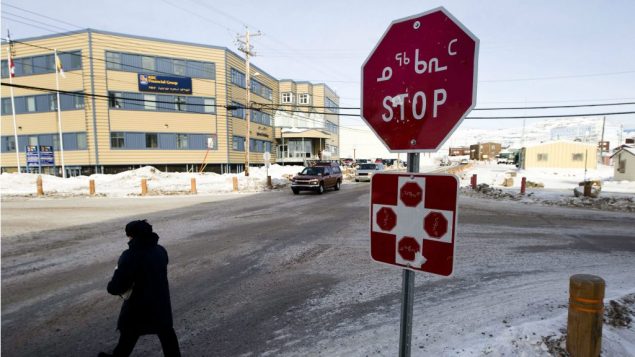Inuit in Canada are getting a unified orthography for the first time since Inuktut writing systems were introduced by Christian missionaries in the 18th century, says the national Inuit organization.
There are currently nine different Inuktut writing systems used across the four Inuit regions of Canada, known as Inuit Nunangat – Inuit homeland.
The new orthography will be implemented as an auxiliary system alongside the existing orthographies used regionally, announced Thursday Inuit Tapiriit Kanatami (ITK), which represents the interests of about 65,000 Canadian Inuit.
The Inuktut Qaliujaaqpait orthography was developed by Inuktut language experts over the past eight years in consultations with elders, teachers and the broader public, ITK said in a statement.
Based on the Roman alphabet, Inuktut Qaliujaaqpait is a common set of symbols for Inuktut sounds that allows written text to reflect spoken words in any dialect of Inuktut.
“Inuktut Qaliujaaqpait is both easy to learn and easy to use, allowing those who have already learned another Inuit writing system to easily adapt while simultaneously providing a solid foundation for first-time Inuktut language learners,” said the ITK statement.
‘A crucial step in Inuit self-determination’

Natan Obed, president of the Inuit Tapiriit Kanatami talks with reporters at the first ministers meeting in Montreal on Friday, Dec. 7, 2018. (Paul Chiasson/THE CANADIAN PRESS)
ITK president Natan Obed said approval of Inuktut Qaliujaaqpait is a crucial step toward strengthening Inuktut across Inuit Nunangat.
“It is a critical step in Inuit self-determination and taking ownership of our written language,” Obed said in a statement. “Our current writing systems were introduced through the process of colonization. The unified Inuktut writing system will be a writing system created by Inuit for Inuit in Canada.”
The existence of nine different writing systems creates a barrier to communicating and sharing materials between regions because while Inuit can generally understand each other’s spoken dialects, it is more difficult to read other dialect-specific writing systems, ITK said.
People trying to develop written materials also face uncertainty over which writing system or spelling conventions they should use.
Implementation to be tailored to regional needs

Students board a school bus at the Nakasuk Elementary School in Iqaluit, Nunavut, in a March 30, 2009, file photo. (Nathan Denette/THE CANADIAN PRESS)
Implementation plans for each Inuit region will take into account specific local needs and wishes, ITK said.
“Our language is in danger of disappearing,” said in a statement Johannes Lampe, President of Nunatsiavut, the Inuit self-governing region in northern Labrador. “The Nunatsiavut Government welcomes the development of a unified writing system, as we strongly believe it will help to enhance, promote and revitalize Inuttitut.”
Having a common orthography will provide all Inuit with a more effective way of communicating with each other throughout Inuit Nunangat, Lampe added.
“Work in standardization of a unified Qaliujaaqpait Inuktut writing system demonstrates Inuit adaptability and resourcefulness as we embrace contemporary life in a globally connected world,” said Aluki Kotierk, president of Nunavut Tunngavik Incorporated, which represents the Inuit of Nunavut.
Kotierk said Inuit in Nunavut we will continue to use Qaniujaaqpait (syllabics), and will work with regional and national partners in adoption and use of the newly adopted Inuktut Orthography.







For reasons beyond our control, and for an undetermined period of time, our comment section is now closed. However, our social networks remain open to your contributions.